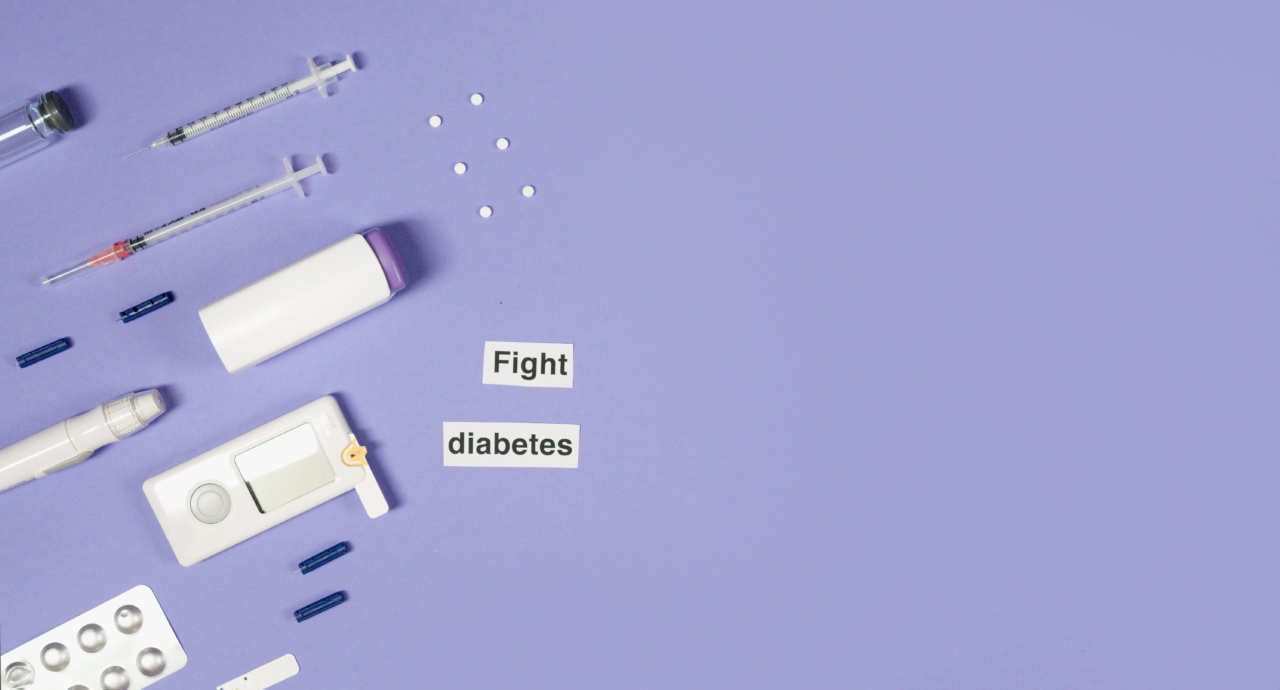Blood sugar levels play a significant role in maintaining overall health. While most people are aware of the connection between blood sugar and conditions like diabetes, they may not be aware of the impact it can have on eyesight.
In this article, we will examine the connection between blood sugar and eyesight, exploring how imbalanced blood sugar levels can affect vision and what steps can be taken to promote eye health.
Understanding Blood Sugar
Before delving into the relationship between blood sugar and eyesight, it is important to understand what blood sugar is. Blood sugar, also known as glucose, is the primary source of energy for the body’s cells.
It comes from the food we eat, especially foods rich in carbohydrates. The body regulates blood sugar levels through the hormone insulin, which is produced by the pancreas. When blood sugar levels are too high or too low, it can lead to various health issues.
Diabetes and Vision
Diabetes is a condition characterized by high blood sugar levels, either due to the body’s inability to produce insulin (Type 1 diabetes) or the body’s inability to use insulin effectively (Type 2 diabetes).
Uncontrolled diabetes can cause several complications, one of which is diabetic retinopathy, a leading cause of blindness in adults.
Diabetic retinopathy occurs when high blood sugar levels damage the blood vessels in the retina, the light-sensitive tissue at the back of the eye.
This damage can lead to leakage of blood and other fluids, causing blurred vision, dark spots, and eventually, vision loss if left untreated.
Hyperglycemia and Hypoglycemia
Besides diabetes, both hyperglycemia (high blood sugar) and hypoglycemia (low blood sugar) can have an impact on eyesight.
Effects of Hyperglycemia on Eyesight
Hyperglycemia, typically associated with uncontrolled diabetes, can lead to temporary visual changes. High blood sugar levels can cause the lens in the eye to swell, leading to blurred vision.
This effect is often referred to as diabetic eye or diabetic vision.
In addition, hyperglycemia can cause damage to the blood vessels in the eye, similar to diabetic retinopathy. This damage can result in diabetic macular edema, a condition that affects the central part of the retina responsible for detailed vision.
Symptoms of diabetic macular edema include distorted or blurry vision, difficulty reading, and seeing colors less vividly.
Effects of Hypoglycemia on Eyesight
Hypoglycemia, or low blood sugar, can also impact eyesight. When blood sugar levels drop too low, the brain may not receive enough glucose to function properly. This can result in blurred or double vision, as well as difficulty focusing.
These vision changes are usually temporary and typically resolve once blood sugar levels stabilize.
Preventing Vision Problems
Maintaining stable blood sugar levels is crucial for preventing vision problems associated with both hyperglycemia and hypoglycemia. Here are some tips to promote eye health:.
1. Manage Diabetes
If you have diabetes, it is essential to work closely with your healthcare team to manage your blood sugar levels.
This may involve monitoring your blood sugar regularly, taking medication as prescribed, and adopting a healthy lifestyle that includes regular exercise and a balanced diet.
2. Eat a Nutrient-Rich Diet
A diet rich in essential nutrients can support overall eye health. Include foods that are high in antioxidants, such as leafy greens, fruits, and vegetables. Omega-3 fatty acids found in fish, nuts, and seeds can also benefit the eyes.
3. Protect Your Eyes
Wear sunglasses that provide protection against ultraviolet (UV) rays, as prolonged exposure to UV radiation can increase the risk of eye conditions.
Additionally, use safety goggles when engaging in activities that could pose a risk to your eyes, such as sports or DIY projects.
4. Regular Eye Exams
Regular eye exams are essential, especially for individuals with diabetes or those at risk of developing eye-related complications. Eye exams can detect early signs of diabetic retinopathy or other vision problems and allow for timely intervention.
Conclusion
The connection between blood sugar and eyesight is undeniable. Maintaining stable blood sugar levels through proper management of diabetes, a nutrient-rich diet, and regular eye exams is crucial for preserving eye health.
By taking proactive steps, individuals can minimize the risk of developing vision problems associated with imbalanced blood sugar levels.





























